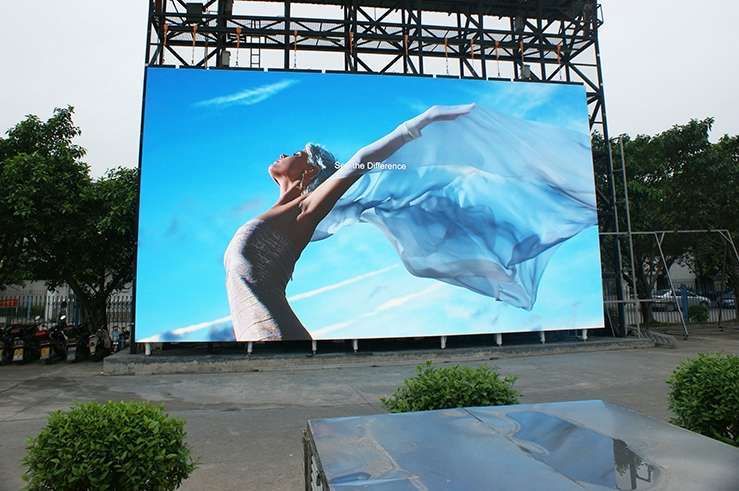Investigating the Durability of Light Emitting Diode Wall Screens in Comparison to Conventional Screen Technologies
Investigating the Durability of Light Emitting Diode Wall Screens in Comparison to Conventional Screen Technologies
Blog Article
LED wall panels have become progressively popular in recent times, particularly in settings like schools, businesses, and public areas. These screens use light-emitting diodes (LEDs) to produce vivid and vibrant visuals. One of the most significant benefits of LED technology is its longevity in contrast to conventional display technologies, such as cathode tube tubes (CRTs) and LCD crystal displays. Grasping the differences in lifespan and performance between these technologies can assist consumers make knowledgeable choices about their screen needs.
Traditional display technologies, like CRTs, have been present for many decades. They were frequently used in televisions and PC monitors. However, CRTs have a limited lifespan, typically lasting around 10,000 to 20,000 hrs of use. This means that after a few of years, users may notice a deterioration in picture clarity, such as fading or color deformation. In contrast, LED panel panels can last significantly longer, frequently exceeding 50,000 hours. This extended duration means that consumers can enjoy consistent functionality without the need for frequent substitutions.
Another important factor see it here to take into account is power conservation. LED wall screens consume less power than conventional displays, which not only helps the ecosystem but also lowers electricity costs. For instance, while a CRT screen may use approximately 100 watts of energy, an LED panel can use as few as 30 to 50 W. This difference in power usage contributes to the overall durability of LED technology, as lower energy consumption generates less thermal energy. Excessive heat can damage electrical parts, leading to a shorter duration for conventional displays.
In addition to their extended duration and power efficiency, LED wall screens also offer superior visual clarity. They provide brighter hues and improved contrast, making them ideal for multiple uses, from marketing to educational presentations. The innovation behind LED panels allows for a broader sight angle, meaning that images stay sharp and lively even when viewed from the side. This is a major benefit over conventional displays, which often experience from hue deformation and diminished brightness at wider angles.
In summary, the durability of LED panel panels compared to traditional display methods is a key aspect for consumers to consider. With lifespans that can exceed 50,000 hours, energy efficiency, and enhanced visual clarity, LED innovation offers many benefits. As technology continues to progress, LED panel screens are probably to become even more common in multiple settings. Understanding these differences can help individuals and entities make improved decisions when purchasing in display technology, ensuring they receive the best value for their requirements.